Table of Contents
- What is SPIN Selling?
- SPIN Questions
- SPIN Selling Book Summary
- SPIN Selling Methodology
- 50 SPIN Selling Questions to Add to Your List
- The 4 Stages of the SPIN Selling Method
- Outcomes for Measuring Progress in SPIN Selling
- 7 Tips for Modern-Day SPIN Selling
What is SPIN Selling?
SPIN selling is a sales strategy that comes from Neil Rackham's 1988 classic book, 'Spin Selling.' In his book, Rackham argues that salespeople must abandon traditional sales techniques and build value as trusted advisors to win larger consultative deals,
SPIN Selling Book Summary
Neil Rackham developed the SPIN selling framework to help salespeople tactfully navigate the selling process and close deals.
Here’s an overview of Rackham’s book on SPIN selling.
Section 1: Sales Behavior and Sales Success
- Closing is less important than most salespeople and managers think
- Questioning is more important than most salespeople and managers think
- The ratio of close-ended to open-ended questions doesn’t predict selling success
- Great reps focus on preventing, not handling, objections
Section 2: Obtaining Commitment: Closing the Sale
- Successful closing depends on getting the right commitment
- Reps must determine their call objectives in advance
- There are four potential outcomes to every sales call: order, advance, continuation, no-sales
Section 3: Customer Needs in the Major Sale
- Implicit needs are statements about problems, issues, and areas of dissatisfaction
- Explicit needs are specific features or functions
- In larger sales, explicit needs are strong buying signals
Section 4: The SPIN Strategy
- Salespeople who close at high rates tend to ask the same types of questions in the same order
- There are four main question types: Situation, Problem, Implication, Need-Payoff
- Each question type plays a different role in moving the buyer toward the sale
Section 5: Giving Benefits in Major Sales
- Features and benefits are the most common ways to pitch a product to the buyer
- Advantages are less effective later in the sales process
- Features are more important to users than decision-makers
- Benefits have the highest influence over the purchasing decision, but only when presented near the end of the sales conversation
Section 6: Preventing Objections
- Objections are usually created by the salesperson, not the buyer
- The more advantages you present, the more objections you’ll receive
- Develop needs before you offer benefits to avoid unnecessary objections
Section 7: Preliminaries: Opening the Call
- Don’t use conventional openings, i.e., providing benefits or relating to the prospect's personal interests
- Get down to business quickly and establish your purpose
Section 8: Turning Theory Into Practice
- Adopt one principle of SPIN Selling at a time to avoid getting overwhelmed
- Practice them with smaller accounts or existing customers first
SPIN Selling Methodology
While reading through Rackham’s book, I realized that meaningful questions are at the core of SPIN selling. Rackham’s team also found that top-performing salespeople rarely, if ever, pose random, low-value questions.
In my experiments with this methodology, I’ve learned that every question should have a clear purpose. You have to ask these questions in a strategic order to create the desired impact.
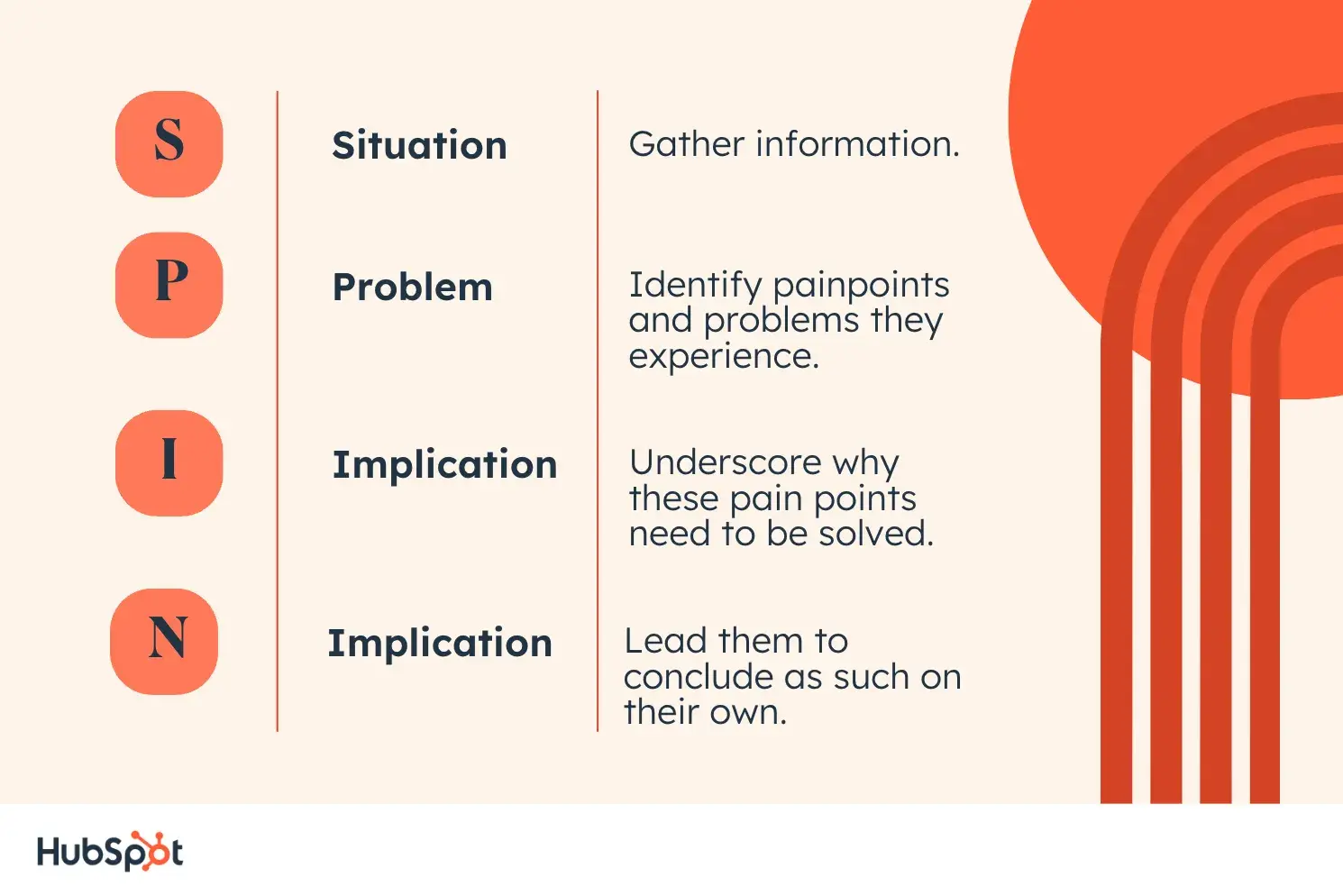
SPIN stands for the four stages of the questioning sequence:
- S: Situation
- P: Problem
- I: Implication
- N: Need Payoff
Situation
Ask questions about a prospect’s current situation to understand if and/or how they’re tackling the problem you solve. You have to learn more about buyers’ motivations and expectations for implementing your solution.
Example: Which tools do you currently use for [pain point]?
Problem
Probe into your prospects’ pain points to understand their specific needs. You have to identify the challenges you can solve to present a laser-focused positioning for your product.
Example: Are your current tools performing up to your expectations? If not, why?
Implication
Pose leading questions to help prospects realize more challenges associated with their status quo. These questions will nudge them to think about the gravity of the situation and create a greater sense of urgency to solve the issue.
Example: What's the productivity cost when these tools create delays?
Need Payoff
Ask questions to help buyers self-realize the value of implementing your solution. These questions will guide them to weigh the pros and cons of your solution, leading them to an informed purchasing decision.
Example: Wouldn’t it be simpler if you could [implement a solution]?
Let’s look at some more examples of SPIN selling questions.
SPIN Questions
- Do you have a strategy in place for X?
- Who’s responsible for X?
- What happens if you’re not successful with X?
- Does this process ever fail?
- How would you use an extra [amount of money] each [week, month, quarter, year]?
- Has a problem with X ever negatively impacted your KPIs?
- Would X make it simpler to achieve [positive event]?
- Would your team find value in … ?
50 SPIN Selling Questions to Add to Your List
Now that we know the function of each line of questioning, let's explore SPIN questions for each step in the questioning sequence.
SPIN Situation Questions
Use Situation questions to learn where your prospects stand — from their processes and pain points to competitive plans and results. These questions will depend on your product.
Let me explain this with one of my examples.
When I worked at a learning management SaaS, I spoke to a few HR managers every week. I always opened the conversation with the question, “How do you currently train new employees?”
This question prepared the groundwork for my entire pitch because it gave me insights to build on.
Here are some sample questions you can customize for your use:
Examples
- What is your role at [company]?
- How do you do X?
- What’s your process for X?
- Walk me through your day.
- Do you have a strategy in place for X?
- Who’s responsible for X?
- How long have you done X this way?
- Why do you do X this way?
- How much of your budget is assigned to X?
- Why do you do X this way?
- How important is X to your business?
- Who uses X most frequently? What are their objectives?
- Which tools do you currently use to do X?
- Who is your current vendor for X?
- Why did you choose your current vendor for X?
You’ll notice that this list doesn’t include fact-gathering questions about company size, number of locations, products sold, and so on.
When Rackham published “SPIN Selling,” there wasn’t anywhere near as much information available to sellers. Now that you can discover a long list of key details about your prospect with a quick online search, many situational questions are no longer effective.
These questions also leave less time for the most important ones. As a best practice, remember to do this research before the call and avoid these questions altogether.
SPIN Problem Questions
In this stage, reps identify the right opportunities to sell to a prospect.
In other words, what gap isn’t being filled? Why is the prospect dissatisfied? Your prospects may be unaware they have a problem. So, you have to identify problem areas where your solution adds value.
Examples
- How long does it take to do X?
- How expensive is X?
- How many people are required to achieve the necessary results?
- What happens if you’re not successful with X?
- Does this process ever fail?
- Are you satisfied with your current process for X? The results?
- How reliable is your equipment?
- When you have issues, is it typically easy to figure out what went wrong?
- How much effort is required to fix your tools or buy new ones?
- Are you happy with your current supplier?
SPIN Implication Questions
Once you’ve identified an issue, determine its severity. Implication questions reveal the depth and magnitude of your prospect’s pain point, simultaneously giving you valuable information for customizing your message and instilling urgency in the buyer.
According to Rackham, by the time you finish this part of the conversation, your prospects should have a new appreciation for the problem.
Rackham also says top-performing salespeople ask four times more Implication questions than their average peers.
Examples
- What’s the productivity cost of doing X that way?
- What could you accomplish with an extra [amount of time] each [week, month]?
- Would your customers be [more satisfied, engaged, loyal] if you didn’t experience [problem related to X]?
- If you didn’t experience [issue], would it be easier to achieve [primary objective]?
- Does [issue] ever prevent you from hitting your goals in [business area]?
- When was the last time X didn’t work?
- How is [issue] impacting your team members?
- Would you see a big impact on your team by solving [problems with X]?
- Would you say [issue] is a blocker in terms of your personal career growth?
- How have [problems with X] impacted your business performance?
- Would saving [amount of time] significantly affect your [team, budget, company]?
- How would you use an extra [amount of money] each [week, month, quarter, year]?
- Has a problem with X ever negatively impacted your KPIs?
- What are some downsides you’ve experienced when implementing X?
- Have you considered the cost versus benefits of replacing X?
SPIN Need Payoff Questions
Need Payoff questions encourage prospects to explain your product’s benefits in their own words. This is far more persuasive than listening to you describe those benefits.
You’re essentially asking questions that surface your product/service’s potential to help with their core needs or problems. These questions focus on your solution's value, importance, or utility.
Make sure your Need-Payoff questions don’t highlight issues your product can’t solve. For instance, if you help corporate recruiting teams identify potential engineering candidates, you shouldn’t ask about the impact of hiring better marketers.
Fortunately, it’s relatively simple to develop Need-Payoff questions — they should come directly from your Implication questions.
Sample Implication question: “Has a problem with X ever prevented you from meeting a deadline?”
Sample Need Payoff question: “If you could do X in half the time, would that make it easier to meet your deadlines?”
Examples
- Would it help if … ?
- Would X make it simpler to achieve [positive event]?
- Would your team find value in … ?
- Do you think solving [problem] would significantly impact you in Y way?
- Is it important for your team members to see X benefit so they can take Y action?
- Do you think [solution] could improve your overall efficiency?
- Can you think about the impact of eliminating [problem] with [solution]?
- How would your business benefit from [eliminating problem] more quickly?
- Could solving [problem] move the needle for your business faster?
- Do you think eliminating [problem] would [benefit]?
Remember to be careful when using Need Payoff questions since they can backfire. If they’re too obvious, you might come across as condescending.
So, try to reframe the solution in a way the buyer hasn’t previously considered.
For example, let’s take the following question: “Would your company benefit from saving money?” Instead, you could ask, “Would redirecting $1,000 per week from your content creation budget and putting it into Facebook advertising drive significant traffic toward your blog?”
The 4 Stages of the SPIN Selling Method
As you begin to implement SPIN questions when talking to prospects, consider the lifecycle of your conversation. Rackham says there are four basic stages of every sale:
- Opening
- Investigating
- Demonstrating capability
- Obtaining commitment
Opening
SPIN Selling and inbound sales take the same approach to the first/connect call. Reps shouldn’t immediately jump into their product’s features and benefits — not only will this overly aggressive strategy turn prospects off, but salespeople will lose the opportunity to learn valuable information.
The purpose of the connect call is to get the buyer’s attention and start to earn their trust. Lead with a compelling insight or thought-provoking question.
Investigating
Investigation is the most critical phase of SPIN Selling. It’s equivalent to the discovery call: You’re figuring out how your product can help the buyer, identifying their priorities and buying criteria, and gaining credibility by asking relevant, targeted, and strategic questions.
According to Rackham, a strong question strategy can improve your close rate by 20%.
Demonstrating Capability
Once you’ve connected the dots between your solution and the prospect’s needs, you need to prove that connection exists.
There are three basic ways to describe your product’s capabilities, Rackham says:
- Features: Features are most useful when selling low-cost, simple products. A feature of a cup might be, “It can hold 10 ounces of liquid.” End-users tend to find features more compelling than decision-makers who care about the bottom-line results.
- Advantages: Advantages describe how a product’s features are actually used. Like benefits, they’re useful for smaller purchases but less persuasive with larger ones. The advantage of a cup might be, “You can use it to drink both hot and cold beverages.”
- Benefits: Benefits go one step further and show how a feature can help the prospect. They typically have a financial component and meet your customer’s need(s). A well-crafted benefit gives the buyer a reason to buy your product.
The FAB formula gives you another way to consider features, advantages, and benefits.
Because [product] has [feature] …
[user] will be able to [advantage] …
which means [prospect] will experience [benefit].
I often used this formula to create engaging sales pitches. Here’s an example of a sales pitch I wrote using the FAB formula:
Let’s fill in this formula for a salesperson offering employee gamification software.
Feature:“Our platform lets you design personalized learning paths catering to each role or team.”
Advantage:“This means your employees can access tailored training modules for every need, whether they’re onboarding, upskilling, or any other use case. All of this within a single platform.”
Benefit:“With tailored learning paths, your team will gain the exact skills they need, leading to higher productivity and faster achievement of business goals. By reducing time spent on generic training and improving retention, your company can save up to 20% on training costs while boosting employee satisfaction.”
Objections
Objections are inevitable in the buying process.
In fact, you should worry more if you’re not facing objections from your buyers. It means your prospects have reservations they’re not sharing with you.
Your goal is to discover why the buyer hasn’t already pulled the trigger on this purchase, then help them understand why their concerns aren’t true blockers.
(Of course, if there’s a valid reason your product isn’t a good fit, you shouldn’t persuade them otherwise.)
Rackham talks about two types of objections:
- Value: Your prospect isn’t convinced about your product’s ROI. They might say, “I like its features, but the cost is too high.”
- Capability: Your prospect doubts that your product can meet their specific needs. That translates to comments like, “I’m not sure it’ll be able to do X for us,” “That process seems like it would take more time than you say,” and “I think we need a more robust solution.”
You can further break down capability objections into:
- Can’t: Your solution cannot solve one of the buyer’s main priorities
- Can: Your solution can solve one of their main priorities, but they don’t perceive that
It’s important to prevent as many objections as possible. The majority of objections are actually avoidable if you avoid selling too soon.
Rackham’s research revealed that reps can cut the number of objections in half by using implication and need-payoff questions to build value before presenting a solution.
In the traditional sequence, the salesperson asks a Problem question. Then, they use the prospect’s answer to offer the corresponding product feature.
However, the rep usually doesn’t have enough context to truly understand what the prospect is trying to accomplish or what’s blocking them. Their generic, one-size-fits-all answer prompts the buyer to push back — and they're probably not going to listen to any of their future suggestions.
Try the SPIN sequence instead. Ask a Problem question, probe into the consequences with Implication questions, then ask the buyer to recognize the value of a solution with a Need-Payoff question.
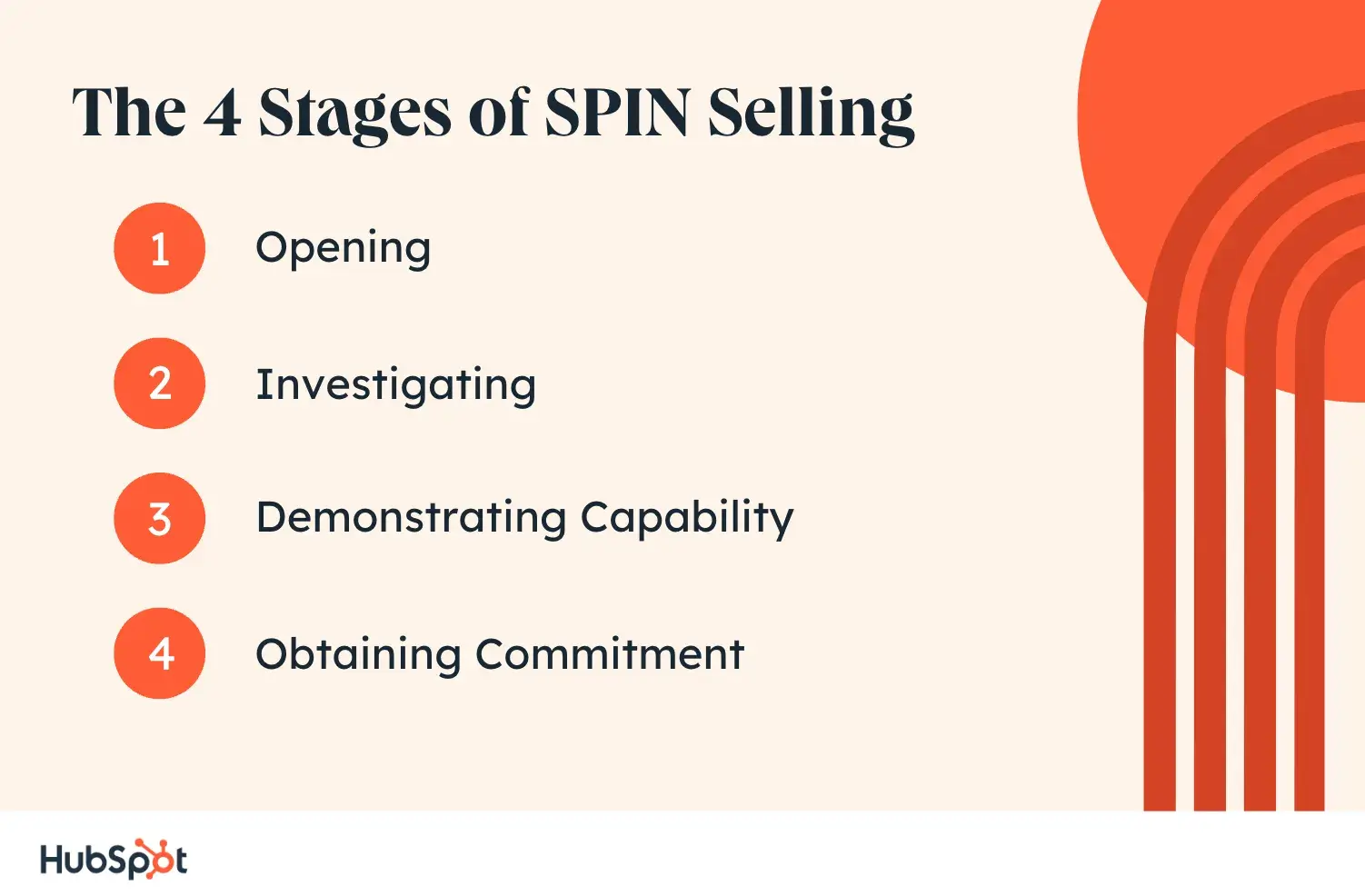
Outcomes for Measuring Progress in SPIN Selling
I’ve heard dozens of sales calls in my many roles as a content marketer.
My experience tells me that transactional salespeople — those focused on simply closing the deal quickly — move through all four SPIN stages in a single sales call.
However, reps working on larger, more complex deals might take two months to two years to complete them. In cases like these, there are four possible outcomes for each sales call in the SPIN selling methodology:
- Advance
- Continuation
- Order
- No-Sale
Advance
To help mid-market and enterprise salespeople measure their progress, Rackham uses the concept of “advances.” An advance is an action the buyer commits to that brings you closer to a purchase.
The operative word is action. It’s tempting to interpret your prospect’s request for more information or a proposal as a buying signal, but that puts the ball entirely in your court. If the buyer is actually interested, they’ll agree to do some work as well.
Continuation
A continuation is a sales conversation that ends with an undesirable outcome. In other words, when you finish the call or meeting, the buyer hasn’t agreed to any next steps that will advance the deal.
Example advances include the prospect reviewing your pricing page and sending you their questions, signing up for a free trial and exploring the tool, or introducing you to a key stakeholder.
Come up with as many valuable advances as possible. The more paths to the sale you have, the likelier you are to get there. When your prospect turns down one of your advances — for example, an introduction to Procurement — you can calmly accept the rejection and then propose something else.
Order
An order is the third potential outcome of a sales call. The buyer agrees to purchase your product and shows their strong desire by signing paperwork. For large deals, this is usually the last outcome in a series of progressively larger closes.
No-Sale
A no-sale is the fourth (and least desirable) outcome. Your prospect rejects your request — you can’t meet with the decision-maker, they won’t schedule another meeting, or at the most extreme, they say there’s no possibility you’ll work together.
7 Tips for Modern-Day SPIN Selling
I know that “SPIN Selling” was published more than 30 years ago. While its core techniques and principles are still relevant, the typical buying journey has evolved over the past few decades.
If you use the SPIN model to sell to the more discerning buyer, you should add your own spin to it. Here are some of my best practices for adjusting the SPIN selling method in the present-day sales landscape.
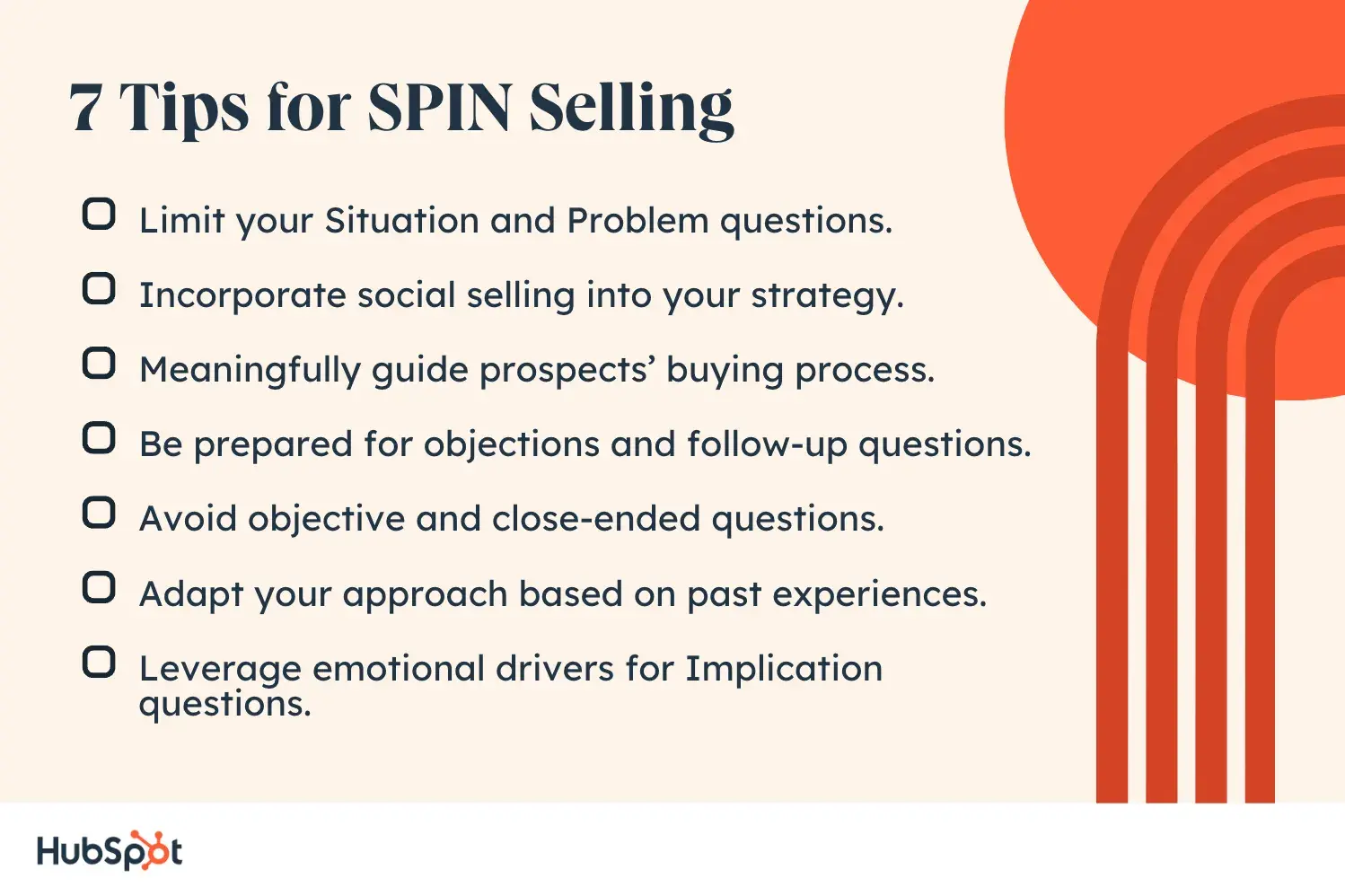
1. Limit your Situation and Problem questions.
Fact: Prospects don’t have the patience to help you do your homework.
Buyers don’t want you to share details to help you identify the pain points they face every day. Instead, they’re more interested in finding ways you can solve these problems.
So, you can create value through your conversations by asking questions to:
- Help buyers realize the opportunity cost of their current challenges
- Share the value of your solution and guide prospects to discover these benefits
With that in mind, use thought-provoking questions like the following:
- Has your organization ever considered [new strategy]?
- Do you know [surprising statistic]?
- Would you like some recommendations for preparing for [impending industry event]?
Rackham didn‘t give these questions their own category, but they’re definitely useful in modern sales.
2. Incorporate social selling into your strategy.
When Rackham came out with “Social Selling,” LinkedIn didn't exist.
Now, you have far more insight into your buyers‘ perspectives, priorities, and personalities than salespeople in the late ’80s could ever have imagined. Don't let this valuable resource go to waste.
Read your prospect‘s profile(s), browse their group comments and any articles they’ve written or shared, check out their Recommendations section to get a feel for their work ethic, and so on.
The goal is to become as familiar with each individual as you can before your kick-off sales call so you can engage them like it's the fifth meeting, not the first.
3. Meaningfully guide prospects’ buying process.
As the average number of stakeholders involved in every B2B deal grows larger and internal buying processes become more complex, your expertise gets more valuable.
Prospects need you to help them purchase your product like never before. Come prepared with the job titles — and potentially names, if you can find them — of their coworkers who need to be informed or consulted.
Tell your point of contact what their manager is going to want to know before they approve the decision, and send them materials to make their presentation more compelling.
Work with your contact to anticipate and avoid roadblocks. Liaise with Procurement and/or Legal when necessary to get the deal over the finish line as quickly and easily as possible. Although Rackham didn‘t give these recommendations in "SPIN Selling," they’re one of the most effective ways to differentiate yourself in modern sales.
4. Be prepared for objections and follow-up questions.
When you ask many questions, it’s important to diligently listen to prospects’ responses. You have to practice active listening to grasp every insight buyers share.
More importantly, you should be ready to tackle objections and answer follow-up questions.
The SPIN method can only be effective when you address all your prospects’ questions and concerns. Instead of making it a one-way conversation, understand their objections and offer meaningful resolutions.
5. Avoid objective and close-ended questions.
Another best practice when using the SPIN selling method is to motivate prospects to share as much information as possible through open-ended questions.
A close-ended “yes” or “no” question wouldn’t move your conversation forward. It can also feel like a survey rather than a helpful sales conversation.
Your goal should be maintaining an engaging and insightful dialogue where both parties discuss the best ways to solve buyers’ pain points. So, ditch close-ended questions and replace them with purposeful questions that prospects are eager to answer.
6. Adapt your approach based on past experiences.
While the SPIN selling framework looks rigid in its rules, you can flexibly adjust it based on your prospect interactions.
Revisit conversations with potential customers and identify which questions led to a positive insight or a helpful response. Collect similar questions from multiple conversations to continuously experiment and adapt your SPIN selling approach.
Remember that each prospect will react differently to these questions. You have to assess their temperament and modify the questions based on their responses.
7. Leverage emotional drivers for Implication questions.
The Implication phase should guide buyers to your solution. These questions have to help prospects realize the value of your solution on their own.
A surefire way to ask more influential Implication questions is to connect emotional drivers to each question. Talk about aspects that personally affect your prospects or their teams.
For example, I’ve often asked implication questions related to team morale.
I ask questions like “How would solving [current problem] improve your team’s performance and efficiency?” This allows a potential customer to emotionally analyze the solution and weigh its benefits.SPIN Sales Training FAQ
What does SPIN sales training cover?
As you might expect, SPIN sales training covers the fundamental skills salespeople need to master to have a firm grasp of the SPIN selling process. Here's what that can include.
Uncovering Pain Points
Successful SPIN selling rests on a salesperson‘s ability to uncover a prospect’s pain points organically and effectively. That requires knowing how to identify and express certain conversational patterns — letting reps demonstrate value and make high-impact benefit statements. SPIN Training provides the insight that can inform that kind of dialogue.
Personalizing Sales Conversations
SPIN Sales is a brand of consultative selling — a method that requires a personal touch. If you're going to have a one-on-one advisory conversation with a prospect, you need to be able to tailor your approach to suit them as individuals. SPIN sales training gives you the right questions to ask and tactics to leverage that will help you get there.
Moving Away From Product-Driven Sales Pitches
SPIN selling is about taking a more human approach to sales. That's why many SPIN training programs include time dedicated to finding and understanding alternatives to product-driven sales pitches in favor of efforts driven by articulating value.
Incorporating SPIN Tactics Into Proposals and Presentations
SPIN tactics aren't reserved solely for immediate conversations with prospects — they can also have a place in broader communications like proposals and presentations. Many SPIN Training programs offer guidance about how to incorporate those strategies into those kinds of efforts.
SPIN Sales Training Vendors
There are a few different outlets that provide SPIN training to salespeople — two of the most prominent being The Miller Heiman Group and Huthwaite International.
Miller Heiman Group
The Miller Heiman Group offers both virtual and in-person SPIN sales training. Its program focuses primarily on elements of the methodology like uncovering buyer urgency, increasing the value of the sale, tackling buyer skepticism, and accelerating the sales cycle. They provide in-person training at your location, and pricing information is available upon request.
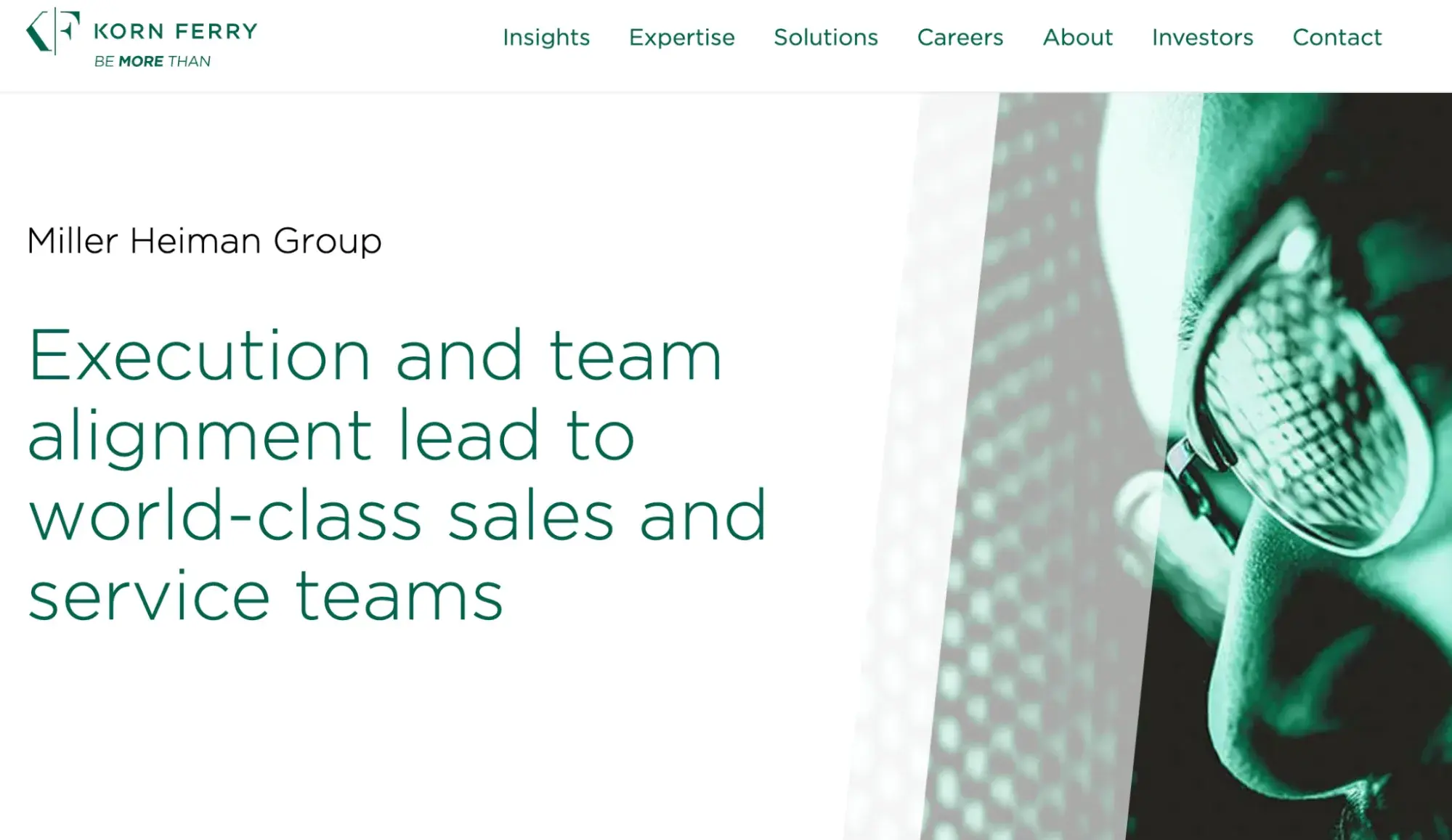
Huthwaite International
Huthwaite International is another SPIN training option that offers both virtual and in-person courses. It boasts an impressive list of clients served and offers a robust suite of classes related to different applications of the methodology — including SPIN coaching, marketing, and account strategy. Like Miller Heiman, Huthwaite International's prices are available upon request.
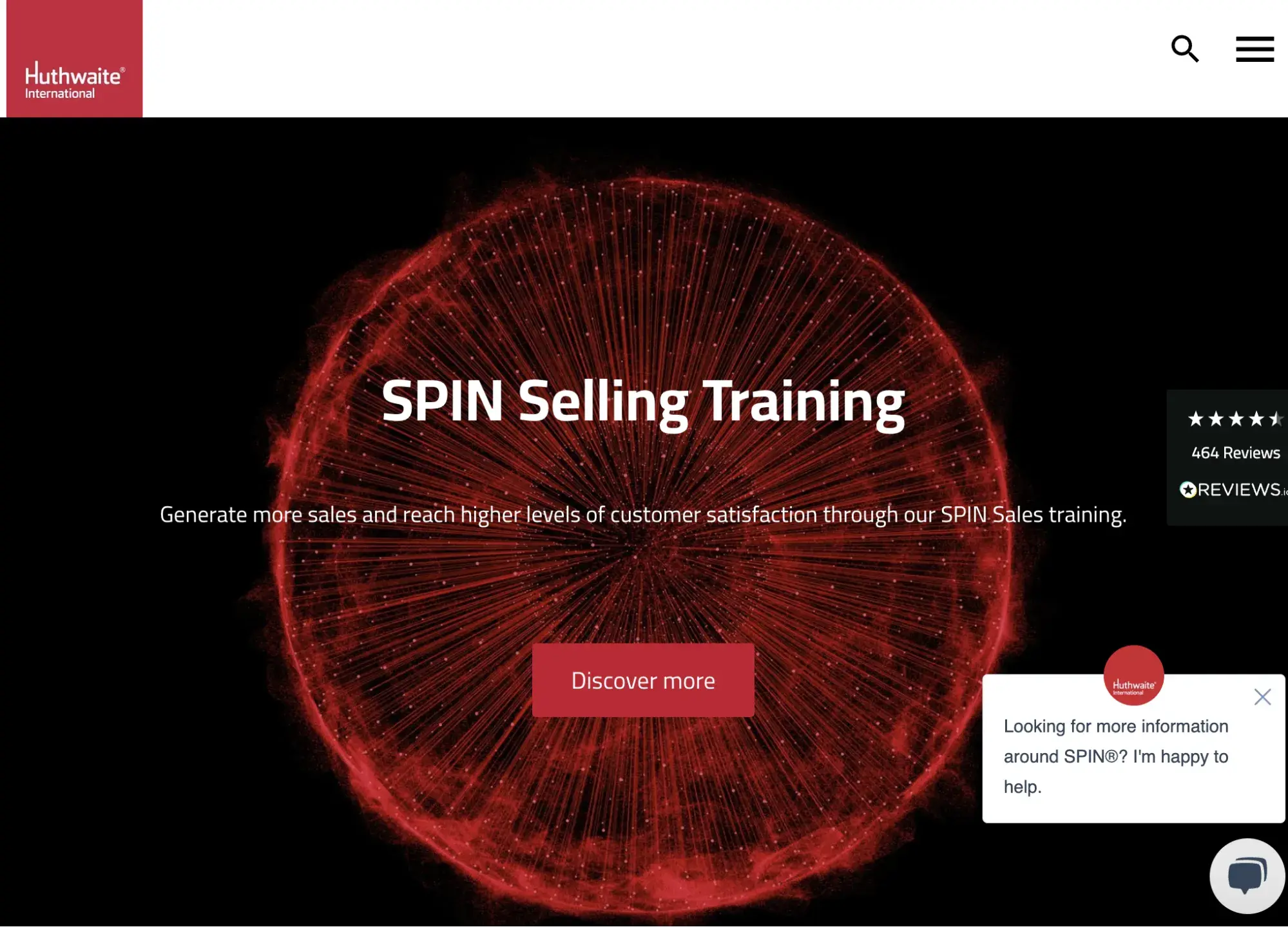
Paying for Training vs. Reading the Book
A few factors dictate whether you‘re better off paying for a full-scale training program or just reading Rackham’s book — namely, your team‘s size, your familiarity with the methodology, and the degree to which you’re interested in incorporating the strategy into your operations.
Team Size
If you‘re looking to incorporate the SPIN methodology into a bigger team’s operations, you‘re probably better off paying for a full-on training program. It’s tough to rely on everyone in a large organization to read a book on their own time.
An actual course makes it easier to hold your team members accountable and on the right track. If your team is smaller — or you, personally, are interested in learning about the methodology on your own time — it will probably serve you to go with Rackham's book, itself.
Familiarity With the Methodology
If you and your team are starting from scratch when it comes to understanding SPIN selling, you‘ll likely want to invest in a full course to better understand the ins and outs of the methodology. If you’ve incorporated these kinds of tactics into your sales efforts and are interested in a refresher, reading the book is probably more appropriate.
You’re Ready to Leverage the SPIN Selling Method
SPIN selling puts buyers at the center stage. This method combines empathy with effectiveness. Consider looking into the strategy if you want to incorporate a thoughtful, consultative approach that delivers results into your broader sales efforts.
As a sales rep, you have to handhold and guide prospects through the sales process instead of forcefully pushing a deal.
Having tested this sales methodology, I can say that the SPIN framework is a well-defined and systematic way of steering sales conversations.
You can easily train your sales staff to implement this method with template questions (like the ones I shared) and mock calls.
Sales Methodology
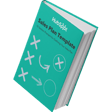

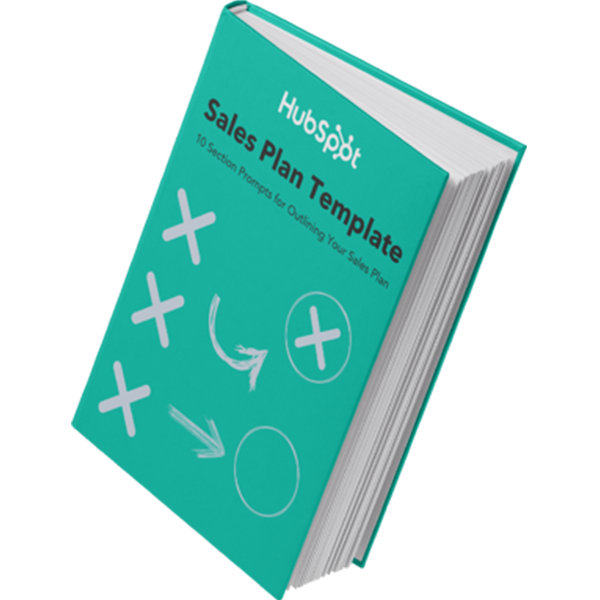


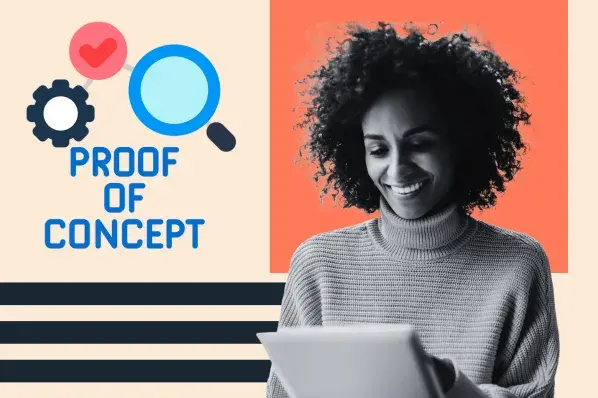
![I Learned How Sales Champions Drive Deals Forward — Here’s What You Should Know [+ Recent Data]](https://53.fs1.hubspotusercontent-na1.net/hubfs/53/sales-champion-1-20250110-9355712-1.webp)
![Decoding Buying Signals in Sales [+ Examples & What I Learned]](https://53.fs1.hubspotusercontent-na1.net/hubfs/53/buying-signals-1-20250501-3647992.webp)




